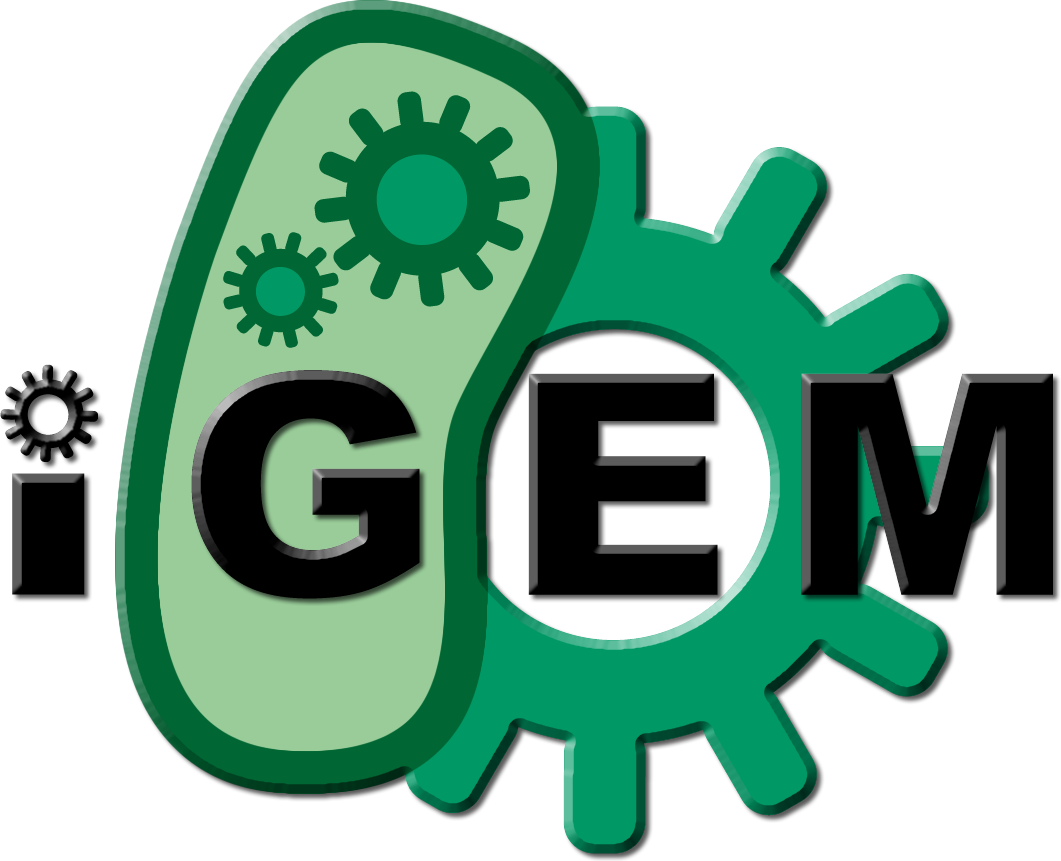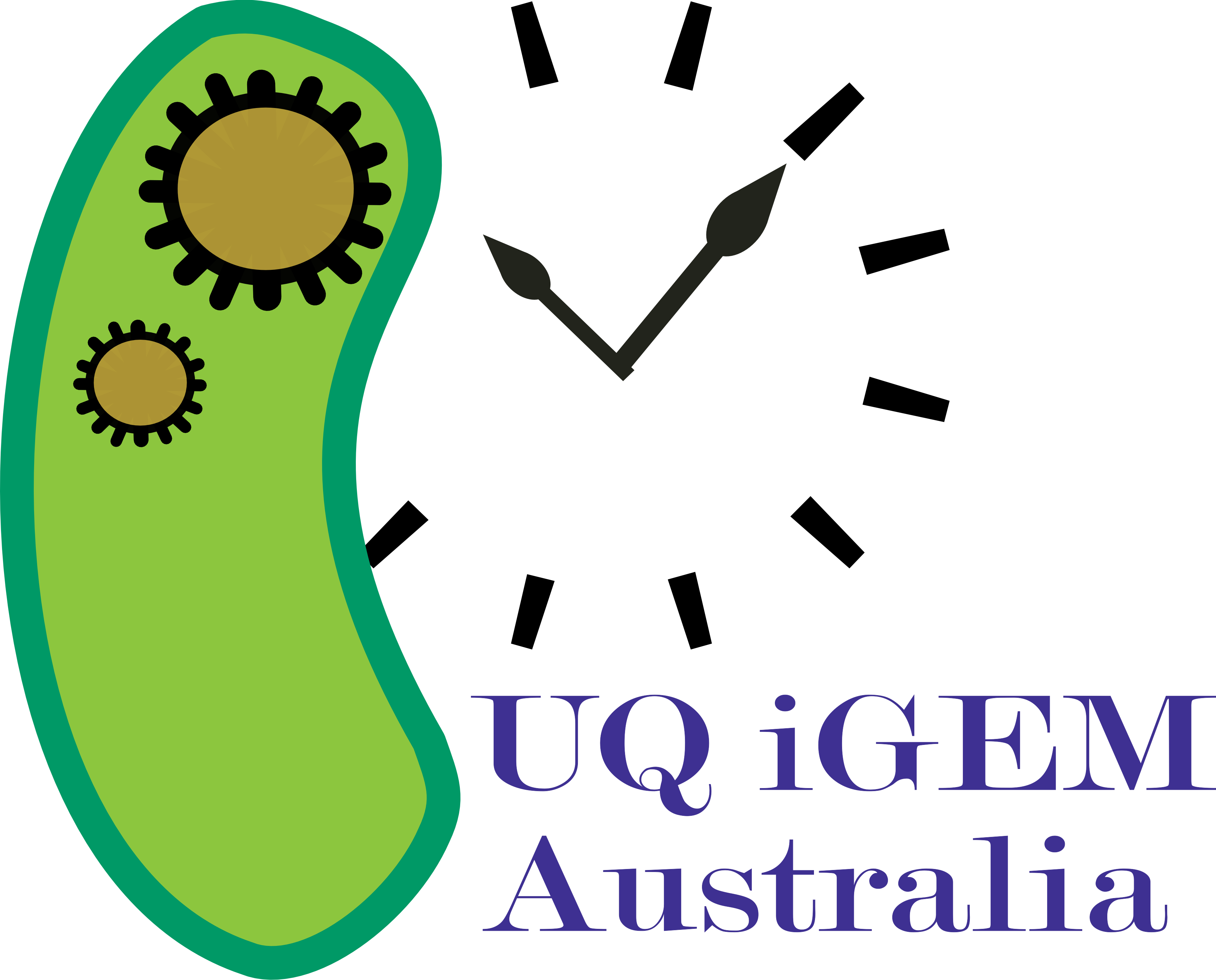




| There is a '[HERE]'where you should edit in places where I remembered to put them.
[HERE] We have
[HERE] | 
|
|---|---|

|
As part of the Human practices work, UQ-Australia has promoted synthetic biology and iGEM to others. Major outreach ventures had included a presentation and activity at [http://www.ausbiotech.org/content.asp?pageid=156 Biofutures]: a national biotechnology student forum and is intended to also include a presentation at a local high school and [http://physics.uq.edu.au/pain/ PAIN Physics Society]. The presentations had varying aims to suit the varying audience.
[http://www.ausbiotech.org/content.asp?pageid=156 Biofutures] is a biotechnology forum for Year 11 and 12 students from Australia and New Zealand. UQ-Australia ran a workshop on 3 July 2011. This workshop included a presentation and a group activity. There are [http://www.facebook.com/media/set/?set=a.239278726099649.74195.174356539258535&l=f672fa7c36&type=1 pictures] and notes from this. The aim of the contribution to Biofutures was to introduce iGEM as a possible option for them when they pursue their tertiary studies.
From this activity, students and mentors
[http://physics.uq.edu.au/pain/ PAIN Physics Society] PAIN Physics Society is a student society for students with an interest in physics at the University of Queensland. Due to the interdisciplinary nature of synthetic biology and the generality of physics, a brief introduction to a new field of science seemed fitting. The aim of hosting a PAIN event is to promote synthetic biology as an emerging research field and to promote interdisciplinary on both the biology and physics sides.
This event was on Friday 9 September 2011.
In a dynamic field such as synthetic biology, discovery moves at an astounding pace and is driven by the findings of groups from all around the world. However, conflict often arises when the choice between collaboration and commercialisation arises, and consequently patents have become commonplace in the scientific world. In the last 5 years, 34% of respondents had applied for or received a patent on their findings. Additionally, 68% stated that they had sent research tools to others in academia [1]. This is especially relevant in iGEM, a competition whose explicit aim is to remain open source and collaborative. We examine whether this is a realistic or achievable goal within the framework of patents in the scientific world.
Within iGEM, the stipulation that all BioBricks must remain open source and redistributable means that patented material is inherently excluded from submission. This sort of restriction differs somewhat from the usual research experience, where 91% of scientists have not checked for patents on the material they used in the last 5 years [1]. However, iGEM falls in a unique `grey area’, which effectively prevents the use of any patented materials by participating teams with the requirement to submit their parts to the Registry to be redistributed. Although teams are using parts solely for research purposes, the nature of the registry and iGEM’s distribution kits means that by redistributing parts iGEM would be infringing on the patent holder. The UQ-Australia iGEM team is limited in their project due to patents on key components.
In the past, the issue of patenting has been less significant on iGEM with a recent survey indicating that less than twenty teams faced any legal issues regarding patenting and their parts [2]. This would likely be since the majority of teams worked in bacteria, where the parts have either never been patented, or any patents have since expired. However, as more explore synthetic biology in mammalian projects, patenting is going to become an unavoidable issue. Consequently, we propose two possible mechanisms for iGEM to handle patents on biological parts.
[1] Lei, Z, Juneja, R & Wright, BD, 2009, ‘Patents versus patenting: implications of intellectual property protection for biological research’, Nature Biotechnology, vol. 27, pp. 36-40.
[2] Mexico-UNAM-CINVESTAV, 2010, `Human Practices: Survey Results', accessed 4 August 2011 from https://2010.igem.org/Team:Mexico-UNAM-CINVESTAV/Home
UQ-Australia iGEM Team has joined the [http://openwetware.org/wiki/IGEM_Outreach:Contact iGEM Collaboration Committee]. This includes:
|
|
|
|
Together we have set up [http://openwetware.org/wiki/IGEM_Outreach:About CommunityBricks] and AlumniGEM!